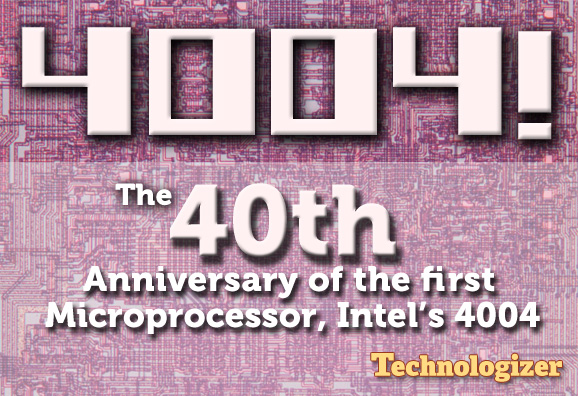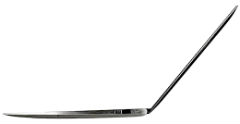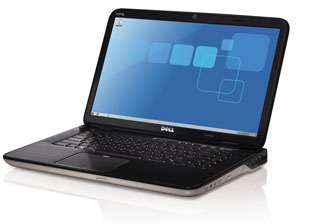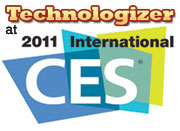 Laptops don’t make for the most exciting news these days, but I’m pleased to hear that Intel’s PC plans call for a big bet on ultra-low voltage processors, as Ars Technica reports.
Laptops don’t make for the most exciting news these days, but I’m pleased to hear that Intel’s PC plans call for a big bet on ultra-low voltage processors, as Ars Technica reports.
Ultra-low voltage, or ULV, refers to a range of processors that are more powerful than Intel’s netbook-centric Atom while retaining excellent battery life and allowing for slim figures. (I’m typing on an ULV laptop now, an Asus UL80vt.)
These thin-and-light ULV laptops were pricey when Intel introduced them a couple years ago, and they quickly earned niche status instead of mainstream success. Still, they offer what a lot of people are looking for in a computer — moderate performance and strong battery life in a lightweight frame — and pricing has come down. The company has already launched low-voltage versions of its Core i3, i5 and i7 processors
So it makes sense for Intel to give ULV a bigger role in its lineup. Whereas the the power draw for Intel’s chips previously centered around 35 watts, the company plans to set the center point around 10 or 15 watts, with the goal of making 10-hour battery life a reality for most machines.
On a recent trip to Best Buy, I was surprised by how chunky most laptops look, even compared to my 18-month-old machine. If Intel and PC makers can deliver lots of ultra-thin ULV laptops in the coveted $600 price range, the dreary old laptop could start to look exciting once again.




 Intel’s plan to revitalize the thin-and-light laptop has been out in the open for
Intel’s plan to revitalize the thin-and-light laptop has been out in the open for  Laptops don’t make for the most exciting news these days, but I’m pleased to hear that Intel’s PC plans call for a big bet on ultra-low voltage processors, as
Laptops don’t make for the most exciting news these days, but I’m pleased to hear that Intel’s PC plans call for a big bet on ultra-low voltage processors, as 
 Wednesday is Press Day here at CES, a day when major consumer electronics players like LG, Netgear and Intel traditionally make big announcements in advance of the full show that starts tomorrow. If there’s an underlying message here in Las Vegas so far, it’s that companies are getting the word that consumers want to view more content–whether Hollywood- or user-generated–from and over the Internet, on devices ranging from TVs to PCs and smartphones.
Wednesday is Press Day here at CES, a day when major consumer electronics players like LG, Netgear and Intel traditionally make big announcements in advance of the full show that starts tomorrow. If there’s an underlying message here in Las Vegas so far, it’s that companies are getting the word that consumers want to view more content–whether Hollywood- or user-generated–from and over the Internet, on devices ranging from TVs to PCs and smartphones.